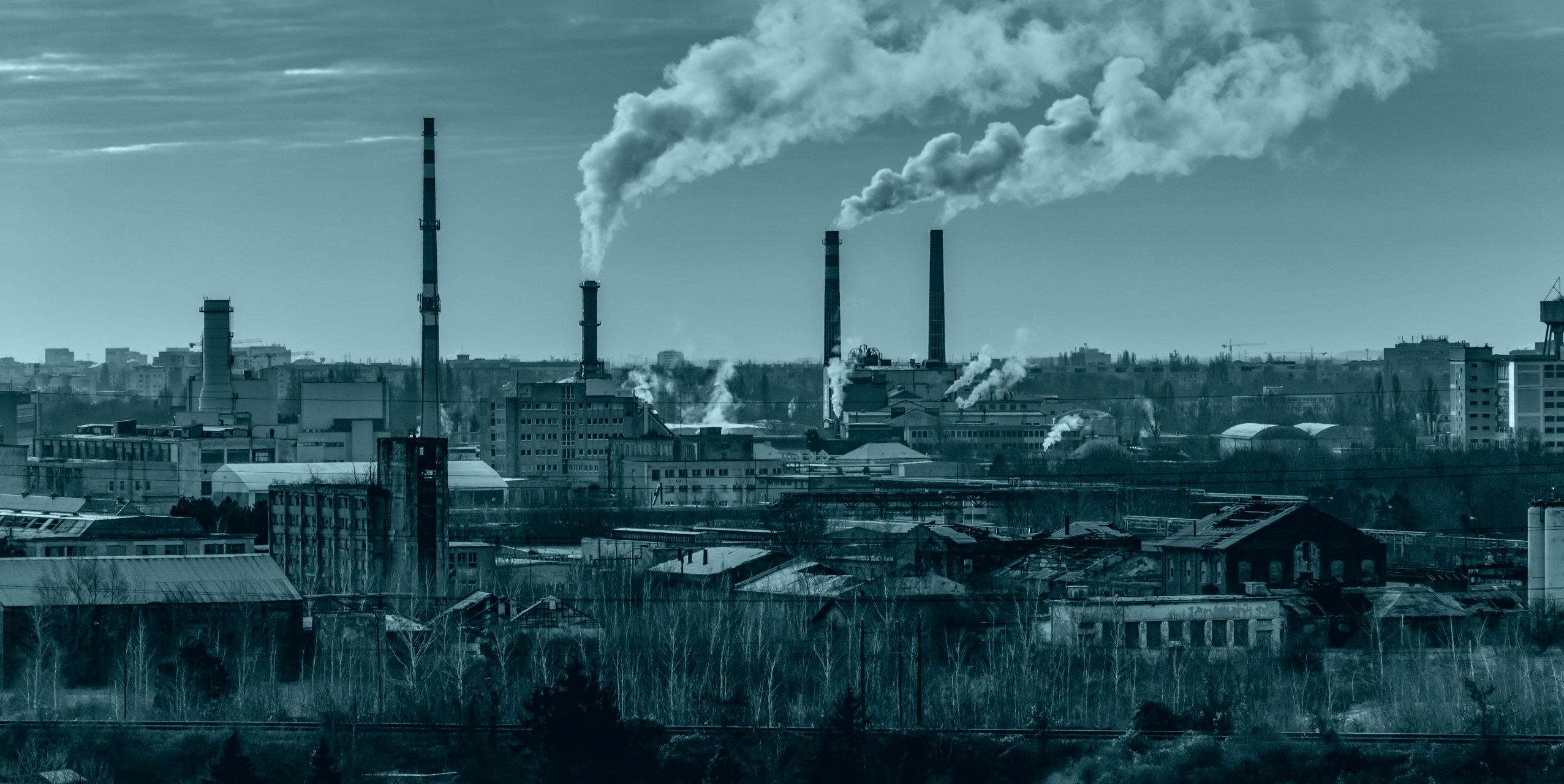From technological development to net-zero commitments, the role of the private sector for the climate transition is becoming increasingly relevant and appreciated. Nevertheless, businesses need policy support to overcome the barriers they may meet in their path towards sustainability. Sophie Punte, who at COP27 directed the We Mean Business Coalition’s policy engagement strategy, shows how to bridge business climate action with supportive government policy worldwide. Through multiple examples she outlines how the policy and business worlds are feeding each other’s climate ambitions.
The main goal of the We Mean Business Coalition is to catalyze business and policy action to halve global emissions by 2030 and accelerate an inclusive transition to a net-zero economy. In practical terms, how can companies and governments work together to accelerate climate action and how do you act as a catalyst?
We Mean Business is a coalition of business networks. Seven of them are the founding members: CDP, the World Business Council for Sustainable Development (WBCSD), BSR (Business for Social Responsibility), the Climate Group, the B-Team, Ceres, and CLG (Corporate Leaders Group) Europe. We aggregate business voices on the topic of climate, in particular at the international scale, to influence policy and raise its ambition. More ambitious policies, in turn, will help drive more business action.
This interaction between ambitious policy and business action is what we call ‘The ambition loop’. It is about making sure that the data and evidence that businesses have in support of what they are doing for the climate reaches policymakers, so that they make more effective policy choices.
For example, thanks to the Science Based Targets initiative, we can inform governments that there are thousands of companies committed to science-based emissions reduction targets. With this information, governments are encouraged to make their NDCs and national targets more ambitious, because they know that companies are going to back and implement these, as they share the same ambition.
And this can go all the way down to sector level: there might be companies willing to invest in electric vehicles, but they need policy incentives. When European institutions say that, as of 2035, only electric passenger cars will be sold, this creates the policy environment that allows for automotive manufacturers to invest in electric cars.
Therefore, it’s a constant interaction between policymakers that raise ambition and companies that take more action. And as a result, policymakers are going forth, from an international level all the way down to specific sectors or pieces of legislation.
Is the ambition loop already in action?
Although it’s already happening, it often remains hidden. Let me give you two examples. In 2021, when the government of the United States was seeking to increase its ambition, we managed to get hundreds of companies to sign a letter to President Biden calling him to adopt “the ambitious and attainable target of cutting GHG emissions by at least 50% below 2005 levels by 2030.” And John Kerry on CNN acknowledged the importance of this request from businesses. Therefore, we know for a fact that the business world – together with scientists and others – played a crucial role in President Biden’s decision to commit to halving emissions by 2030.
And the other, probably more concrete example, is the RE100 initiative led by Climate Group in partnership with CDP, a global corporate renewable energy initiative bringing together hundreds of large and ambitious businesses committed to 100% renewable electricity. In Korea, there is a law called the “RE100 regulatory system”. If a policy has the name of your initiative, you know that the ambition loop is working!
There are certainly many opportunities for the private sector players to change and become first-movers in the green transition. However, are there also threats and barriers for businesses seeking to change?
There are many barriers. I’ll give you three. The first challenge is that companies might have operations in countries where the government has not set high climate ambition. In this case, there is a lack of certainty about gaining policy support. For example, a company working in Europe – which has set an ambitious target of net zero by 2050 and 55% absolute emissions reduction by 2030 – or a company working in India – which so far has committed to reaching net-zero by 2070, and 45% reduction in emission intensity of its GDP – operate in very different policy contexts.
The second matter is about certain technologies that are clearly growing. Let’s keep the example of electric vehicles. In 2020, electric car registrations increased by 41%. That technology is going ahead, and nobody doubts that we are going to be driving electric. The barriers are more about the system around it: the charging points, grid connections, the availability of the materials needed to make batteries, the creation of a second-hand market for electric vehicles because that also needs to be developed, etc. And that is where policy or government need to help in getting that system up and running.
“My conviction is that sustainable development and climate action can only be realized through collaboration between government, business and civil society.”
Sophie Punte
A totally different story is about, for example, net-zero steel or net-zero concrete. Producing net-zero steel costs 40-50% more than the old-fashioned way of producing steel. Public investments are needed to overcome that difference to create a demand for this product. Governments can commit to public procurement, guaranteeing to buy a certain amount of national steel. Also, customers of steel can make similar commitments: this happened in the case of Volvo. Essentially, these actions subsidize the early investments that steel companies need to make while the policy still allows the old way of steelmaking to coexist. At some point, governments need to set a limit after which only net-zero steel will be accepted.
The third point, and I think most companies would mention it as a big barrier for them, is Scope 3. It is about reporting indirect emissions produced along the supply chain.
Companies can’t do this alone: they need policy, but they also need their suppliers to collaborate. For example, DHL has more than 100,000 subcontractors. It is extremely difficult for them to reach all of these subcontractors and obtain primary data to calculate their emissions and reductions. To overcome this barrier, CDP set up a process for supply chain disclosure, and the We Mean Business Coalition runs the SME Climate Hub. Through this initiative, Small and Medium-sized Enterprises (SMEs) from all around the world are making the SME Climate Commitment. This also helps companies with SME suppliers to succeed in reducing Scope 3 emissions.
“If you have credible businesses with credible net-zero claims, you also have a better chance of getting better policies”
Sophie Punte
Is there a risk of net-zero greenwashing?
Since a lot of claims were being made about net-zero, and there was also a lot of accusation of greenwashing, a High-Level Expert Group on the Net-Zero Emissions Commitments of Non-State Entities was established in 2022 by the Secretary General of the United Nations.
The group worked for a year and launched a report at COP27 with recommendations and criteria that define when net-zero is credible. Just to give some examples: it is not just about emission intensity, it is about real emission reductions. It is about emission reductions in your value chain, not about offsetting.
We were worried that it would be a bit of a compromise, but instead, we found it quite ambitious, and so we welcome that, because it means that the bar is being set higher. Those recommendations can now be used by other initiatives and coalitions. It might mean, for example, that companies willing to become members of BSR (Business for Social Responsibility) may need to meet those criteria. And so, slowly, we are raising the bar further and further, higher and higher for businesses. And, going back to the beginning, if you have credible businesses with credible net-zero claims, you also have a better chance of getting better policies.

At COP27, Sophie Punte, as Managing Director of Policy, directed the We Mean Business Coalition’s policy engagement strategy to bridge business climate action with supportive government policy worldwide. She has 25 years of sustainability and climate experience as head of NGOs Smart Freight Centre and Clean Air Asia, as well as working with the United Nations and KPMG in both developed and developing countries.






